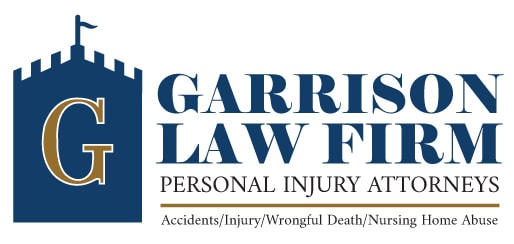Auto accidents can result in a wide range of physical injuries, with brain injuries being among the most serious and life-altering. These injuries vary in type and severity and may have long-term implications for a victim’s health and daily functioning. Understanding the different forms of brain trauma and the legal recourse available is essential for individuals affected by such events.
1. Concussions: A Common but Serious Injury
Though often classified as “mild,” concussions can have lasting impacts on cognitive function, emotional stability, and overall quality of life. In the context of auto accidents, concussions typically result from sudden impact or whiplash. Symptoms may include confusion, headaches, dizziness, and brief loss of consciousness. Even if symptoms appear minor, prompt medical evaluation is important. If the injury was caused by another party’s negligence, legal action may be warranted to recover compensation for medical bills, lost income, and other damages.
2. Contusions: Traumatic Brain Bruising
A brain contusion is a bruise on the brain tissue itself, usually caused by a direct blow to the head. These injuries are often sustained when a victim’s head strikes a surface such as a steering wheel, dashboard, or window during a collision. Contusions may lead to swelling or hemorrhaging, potentially requiring surgical intervention. In legal terms, proving that the injury occurred as a result of someone else’s negligence can support claims for medical expenses and related losses.
3. Penetrating Injuries: Immediate Medical and Legal Urgency
Penetrating brain injuries occur when an object breaches the skull, causing direct damage to brain tissue. These injuries are medical emergencies and may result in severe cognitive, sensory, or motor impairments. When such injuries are caused by debris or structural failure during a crash, and another party is at fault, pursuing a legal claim may help cover the costs of intensive medical treatment, rehabilitation, and long-term care.
4. Diffuse Axonal Injuries: Damage Without Direct Impact
Diffuse axonal injury (DAI) is caused by rapid acceleration or deceleration, leading to the shearing of nerve fibers within the brain. This type of injury is common in high-speed or rollover accidents and often results in coma or significant neurological impairment. These injuries can be difficult to detect without imaging studies and require extensive ongoing care. Legal claims involving DAI should take into account the lifelong impact on the victim’s health, earning capacity, and need for continued support.
5. Intracranial Hematomas: Hidden but Dangerous
Intracranial hematomas involve bleeding inside the skull, which can increase pressure on the brain and become life-threatening if not promptly treated. These injuries may not present symptoms immediately, making it critical for accident victims to undergo a comprehensive medical evaluation. Legally, securing compensation for hematomas often involves demonstrating the delayed onset of symptoms and the need for future medical interventions.
Legal Guidance After a Brain Injury in an Auto Accident
If you or someone you care about has suffered a brain injury due to an auto accident, understanding your legal rights and options is essential. Pursuing a claim can help secure compensation for medical care, rehabilitation, loss of income, and other associated costs.
Contact Garrison Law Firm for Legal Support
Garrison Law Firm provides tailored legal services for individuals affected by serious injuries resulting from auto accidents. If you are in the Peoria, AZ area and need legal guidance following a brain injury, contact our office at 623-915-1100 or complete our online form to schedule a consultation. We are committed to helping you move forward with clarity and support.



